Are you risking your safety every time you brave the chill on two wheels? Winter riding isn’t reserved for the fearless—it's for the prepared. In this guide to cold weather motorcycle gear , we’ll uncover how the right choices in winter gear aren’t just about comfort—they're critical to your health and safety. If you thought toughing out icy winds showed skill, get ready to challenge everything you know and transform every cold-weather ride into a warm, exhilarating journey.

Are You Truly Prepared? Exploring Essential Cold Weather Motorcycle Gear for Every Rider
-
Discover why the right winter motorcycle gear is key for safe, enjoyable riding even as temperatures drop.
-
What this guide to cold weather motorcycle gear will teach you:
-
How proper weather motorcycle gear prevents cold stress and hypothermia
-
Key gear components for head-to-toe protection
-
Best materials and latest technology for winter riding gear
-
Tips from experienced riders for keeping warm and alert
-
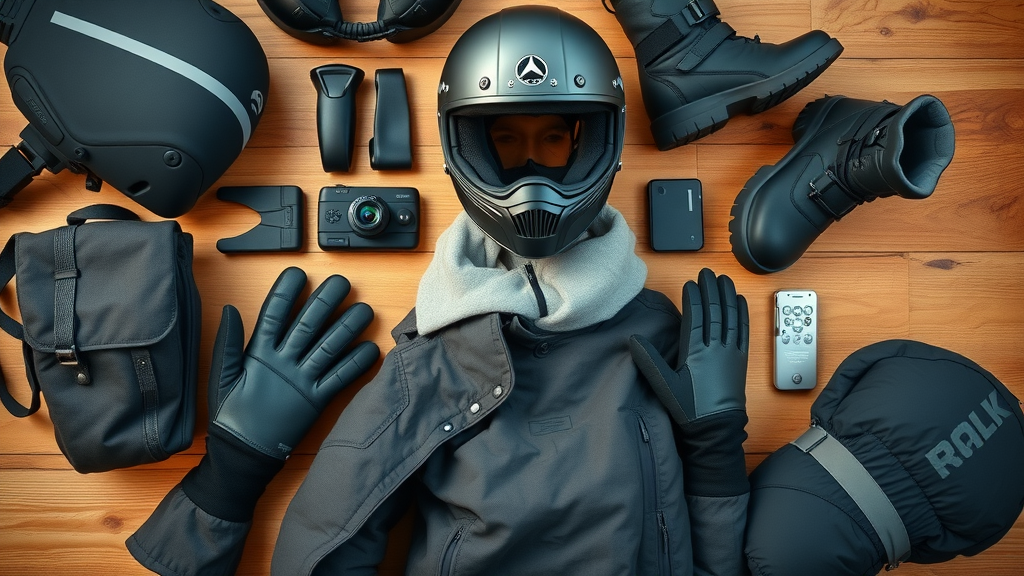
As temperatures dip, the right motorcycle gear becomes not just a matter of comfort, but of survival. Riders face increased risks from cold air, reduced tire traction, and even hypothermia if not properly equipped. A comprehensive guide to cold weather motorcycle gear is crucial—whether you’re a seasoned winter rider or just trying to extend your riding season safely. This article breaks down every layer, accessory, and strategy you’ll need, guiding you through gear selection and proven best practices so you can enjoy every chilly mile with confidence.
Understanding the Importance of Weather Motorcycle Gear in Cold Conditions
Why Winter Gear Matters: Safety, Performance, and Comfort
-
Statistics on cold weather riding incidents and hypothermia
-
The impact of temperature on motorcycle riding safety
-
Real-world examples: Proper winter motorcycle gear saves lives
Riding during winter is more than just enduring discomfort—exposure to low temperatures and high wind speeds can rapidly drain body heat , slowing reaction time and impairing judgment. In fact, data shows that a significant portion of motorcycle accidents during the winter months are attributed to factors like numb hands, stiff joints, and reduced visibility from foggy visors. Hypothermia can set in quickly, especially at highway speeds where wind chill drops the “feels like” temperature dramatically.
Investing in quality winter gear —from insulated jackets and pants to advanced base layers—plays a crucial role in not just your comfort but your safety. Functional gear designed specifically for weather motorcycle riding not only preserves your body heat but also enhances focus, grip, and control. Real-world stories abound of riders who have avoided serious mishaps by staying warm and alert, emphasizing that proper gear isn’t an option; it’s a necessity.
“There's no such thing as bad weather, only unsuitable motorcycle gear.” – Seasoned winter riding expert
The right gear does more than just keep you warm in cold temperatures—it ensures that every sensory input remains sharp and every movement responsive. This advantage is what separates a safe winter ride from a dangerous one, making the investment in high-quality weather motorcycle gear indispensable for anyone looking to extend their riding season .
Layering for Success: The Foundation of a Guide to Cold Weather Motorcycle Gear
Base Layer: The First Step to Cold Weather Riding Protection
-
Best moisture-wicking materials for base layers
-
Why base layers matter for thermal management
-
Top recommended base layer products for motorcycle riding
The core principle of cold weather riding is effective layering, and your base layer is the first—and arguably most crucial—step. Forget bulky sweaters: purpose-built wool base layers , especially those made from merino wool or synthetic blends, offer superior moisture management. They wick sweat away from your skin, preventing the damp chill that quickly erodes body heat . An excellent base layer keeps you warm and dry by regulating temperature and drying fast if you perspire, setting the foundation for the rest of your winter gear .
Look for seamless construction or flatlock stitching to minimize chafing, and avoid cotton at all costs—it tends to trap moisture and can make you feel colder. Popular base layer options among motorcyclists include synthetic base layers like polyester blends or natural fibers like pure merino wool . These materials not only provide warmth but also fend off odors during extended rides. Brands like Klim, Icebreaker, and Under Armour offer base layers designed with motorcycle riders in mind—snug fitting, extra long in the back, and optimized to fit beneath riding armor.

Mid and Insulating Layers: Building Warmth Without Bulk
-
Best materials: fleece, synthetic, or wool?
-
How to combine insulation with breathability
-
Weather motorcycle gear designed for flexibility
Once your base layer is in place, it’s time to add insultation with a solid mid-layer . This layer is all about balancing warmth and breathability, trapping body heat without causing you to overheat. Lightweight fleece, high-tech synthetic insulations, and thin wool pullovers all excel in this department. The key is selecting gear that’s dense enough to block cold air but not so heavy that it restricts movement or feels cumbersome beneath your outer riding gear.
Mid-layers should fit snugly but comfortably, allowing for full range of motion. Many riders choose pieces specifically tailored for athletic performance, as these offer breathability combined with excellent heat retention. Integrating weather motorcycle gear that layers well is critical: garments with thumbholes or half-zippers help eliminate exposed skin and make on-the-fly adjustments quick and easy. Choose weatherproof mid-layers that can double as standalone jackets off the bike for extra versatility throughout your winter riding season.

Outerwear: Weatherproof Motorcycle Gear for Winter Riding
Winter Riding Jackets and Pants: Keeping Out Cold and Wet
-
Choosing waterproof vs. water-resistant motorcycle gear
-
The role of jacket liners and adjustable vents
-
Top winter gear features: armor, reflectivity, closures
The outer layer is your primary shield against wind, precipitation, and road grime. When selecting a riding jacket and pants for winter, the debate between waterproof and water-resistant materials is front and center. True waterproof gear—with membranes like Gore-Tex—locks out even driving rain, keeping you warm and dry for hours. Water-resistant pieces might suffice in light drizzle but can’t guarantee dryness during prolonged exposure. Look for gear with sealed seams, storm flaps over zippers, and adjustable closures at wrists, ankles, and neck.
Essential winter riding features include removable liners (which provide thermal flexibility), adjustable vents (for controlling airflow and moisture), integrated armor for protection, and reflectivity for visibility during those long, dark stretches. Tailored fits reduce wind flutter and heat loss, while adjustable waists and hems seal out cold air . Top brands like REV’IT!, Alpinestars, and Klim offer advanced motorcycle gear specifically designed for cold weather riding comfort and safety.
Riding Gear for Extreme Conditions: Heated Gear, Jacket Liners, and More
-
Introduction to heated gear: vests, gloves, pants
-
How heated grips and jacket liners keep riders comfortable
-
Best brands and technological innovations in heated motorcycle gear
For those who never want the riding season to end, heated gear is a game changer. Electric vests, heated gloves , pants, and even socks connect to your bike’s battery or portable battery packs, providing customizable warmth to critical areas. A jacket liner with heating elements along the chest, back, and arms can stave off the coldest mornings, while heated grips and seat pads ensure no surface steals your body heat .
Top brands like Gerbing, Tourmaster, and Warm & Safe lead the market with rugged, reliable winter motorcycle gear. Many offer temperature controllers and quick-disconnect systems for safety. The technology in heated jacket liners and gloves has evolved rapidly, making them thinner, lighter, and more durable. These sophisticated systems mean you can travel longer and further, no matter how low the mercury drops.
|
|
|
|
Comparison of Winter Motorcycle Gear Essentials |
|
Item |
Material |
Key Features |
Price Range |
|---|---|---|---|
|
Base Layer |
Merino Wool, Synthetic |
Moisture-wicking, odor-resistant |
$30–$120 |
|
Mid Layer |
Fleece, Synthetic, Wool |
Lightweight insulation, breathable |
$40–$130 |
|
Jacket & Pants |
Textile w/Gore-Tex, Leather |
Waterproof, armored, adjustable vents |
$150–$800+ |
|
Heated Gear |
Textile with wiring |
Battery-powered or plug-in, adjustable heat |
$60–$400 |
|
Gloves |
Waterproof Textile/Leather |
Insulated, heated, reflective |
$40–$250 |
|
Boots |
Leather, Synthetic, Gore-Tex |
Insulated, waterproof, non-slip |
$90–$400 |
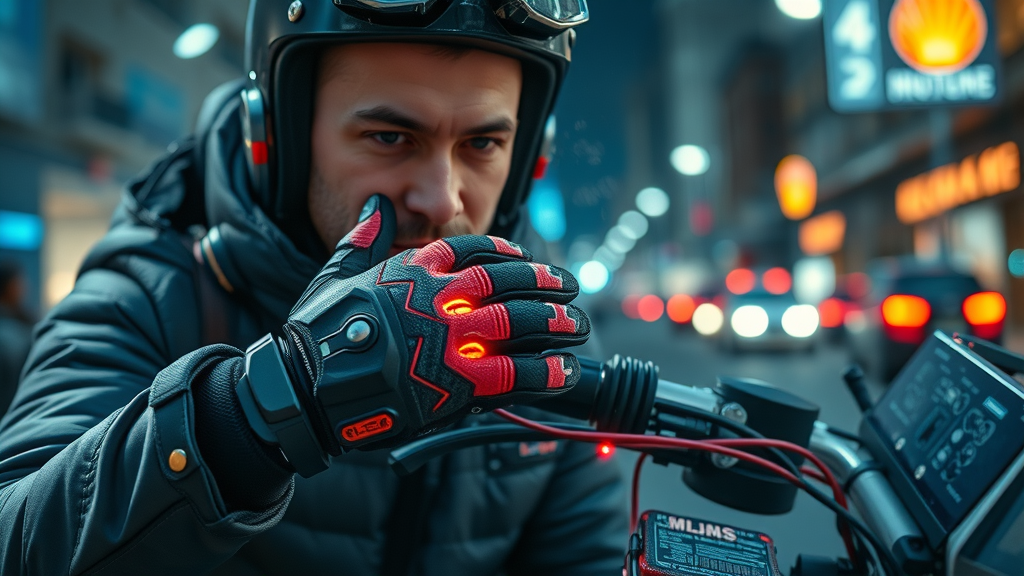
Vital Accessories: Face Shields, Gloves, Boots, and More in a Guide to Cold Weather Motorcycle Gear
Protecting Hands and Feet: Gloves, Heated Grips, and Boots
-
Insulated gloves vs. heated gloves
-
Advantages of heated grips for winter motorcycles
-
Waterproof, insulated boots and socks
Your extremities are the first to suffer in cold weather . Choosing high-quality insulated gloves is a must, but for longer rides or sub-freezing temperatures, heated gloves or heated grips are worth every penny. Insulated gloves with windproof membranes trap body heat while maintaining flexibility, but electrically heated options ensure consistent warmth regardless of outside temperatures or cold air exposure.
Waterproof, insulated boots with non-slip soles are critical for keeping your feet dry and warm, especially during wet winter rides. Adding a pair of thermal, moisture-wicking socks—such as those made with merino wool—keeps your toes cozy and fends off moisture that can quickly ruin any ride. Remember, if your hands and feet go numb, your riding ability and safety are immediately compromised.
Head and Face Protection: Helmets, Face Shields, and Balaclavas
-
Choosing the right face shield for thermal control
-
The role of balaclavas for cold weather riding
-
Fog prevention: Tips for clear winter vision
A properly fitted full-face helmet is your first defense against cold air , wind, and icy precipitation. Look for helmets with removable liners, snug neck rolls, and advanced venting systems. The right face shield should offer anti-fog properties and an effective seal to prevent drafts. For extra insulation, add a thin balaclava under your helmet; these are essential for keeping wind off your cheeks, nose, and neck while also helping to prevent fogging by minimizing breath moisture inside your helmet.
Combatting visor fog is a major challenge in cold weather riding . Pinlock inserts, anti-fog sprays, and properly placed helmet vents can make all the difference in keeping your vision clear and safe. Being proactive in managing skin exposure and visor clarity goes a long way toward maintaining comfort and concentration during your winter rides.
-
Checklist for Essential Winter Motorcycle Gear Before You Ride:
-
Moisture-wicking base layer (preferably merino wool or synthetic)
-
Insulating mid-layer (fleece or wool)
-
Waterproof/windproof riding jacket & pants with armor
-
Heated or insulated gloves (plus heated grips if available)
-
Thermal socks and insulated, waterproof boots
-
Full-face helmet with anti-fog face shield
-
Neck tube or balaclava for added warmth
-
Reflective elements for low-light visibility
-
Weatherproof luggage to keep gear warm and dry
-

Practical Tips to Stay Warm During Cold Weather Motorcycle Riding
Strategies Used by Experienced Riders for Cold Weather Riding
-
Planning routes to minimize cold exposure
-
Pre-ride warmups and gear checks
-
Layer management throughout your ride
Veteran winter riders know it’s about more than just gear—strategy is key. Always check the weather forecast and plan routes to avoid high, exposed areas where the cold air bites hardest. Consider riding during the warmest part of the day and keeping rides shorter if possible. Before heading out, thoroughly check your motorcycle gear , ensure all heated gadgets are functioning, and don’t underestimate the power of a quick pre-ride warmup—jumping jacks, brisk walk—just get your body heat up before you face the wind.
Throughout your ride, manage layers proactively. Stop and adjust as the temperature or intensity of your ride changes. Staying just a bit cool rather than sweaty prevents you from getting chilled later as sweat cools against your skin. Rely on your gear as a system and be willing to add or shed a layer as weather conditions change. Creating a routine around your winter motorcycle riding—gear checks, layer adjustments, planned breaks—will help you stay warm and ride safely all season.
"The perfect guide to cold weather motorcycle gear combines preparation, knowledge, and the courage to ride smart."
Best Practices for Buying and Maintaining Your Weather Motorcycle Gear
How to Select the Right Cold Weather Motorcycle Gear for You
-
Key factors in choosing winter motorcycle gear: fit, compatibility, durability
-
Top retailers and shopping tips
-
Maintenance advice to prolong gear lifespan
Selecting the ideal cold weather motorcycle gear starts with a personalized fit—gear that’s too tight will restrict circulation and chill you faster, while loose layers can create cold pockets. Try on different brands and models to test not just fit, but how they work together as a system. Consider your local climate, average ride length, and how intense your winter rides tend to be. Look for features like DWR (durable water repellant) finishes, articulated knees and elbows, and compatibility with your existing armor or heated gear setups.
Where you shop matters—trusted motorcycle gear retailers offer in-depth sizing guides and flexible return policies, making experimentation easier. Once you’ve invested in great gear, regular maintenance is a must: wash base layers with gentle detergents, retreat waterproof exteriors, and check electrical connections on heated gear before each ride. A little care goes a long way to keeping your gear performing like new, season after season.
When to Upgrade Your Cold Weather Riding Essentials
-
Signs it's time to replace old motorcycle gear
-
Donate, recycle, or upcycle used winter gear
If your winter gear shows visible wear—frayed seams, compressed insulation, unreliable zippers, or nonfunctional heating elements—it’s time to consider an upgrade. Outdated or worn-out gear can compromise safety and comfort, putting you at risk during cold weather riding . Stay on top of seasonal sales to maximize value and keep an eye out for new technological advances each year.
Don’t toss old gear in the trash! Many local charities, motorcycle clubs, and eco-recycling programs will accept gently used items, ensuring they see new life—either for upcycling or to help a rider in need. Responsible disposal keeps the riding community strong and the environment cleaner.
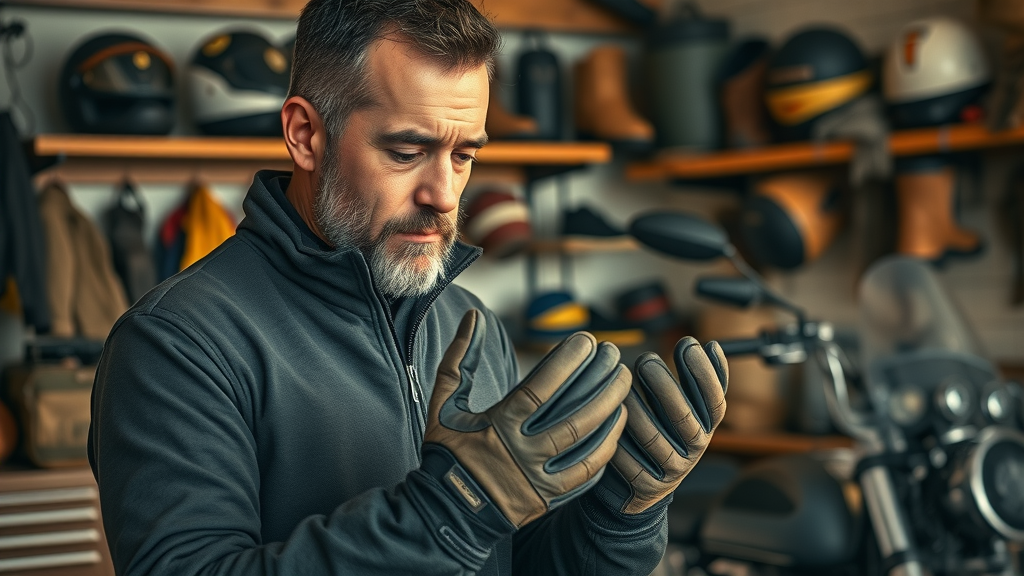
What to Wear When Riding a Motorcycle in Cold Weather?
-
A detailed rundown of essential weather motorcycle gear for all conditions with practical outfit ideas.
The ultimate winter riding kit includes: a moisture-wicking wool base layer , an insulating fleece or synthetic mid-layer, a waterproof and armored riding jacket and pants, heated gloves or thick insulated gloves, insulated waterproof boots with thermal socks, a full-face helmet with a quality anti-fog face shield , and a stretchable balaclava for neck and head warmth. Adjust and layer these pieces to match current weather conditions and ride length—flexibility is your best friend in fighting cold temperatures on the road.
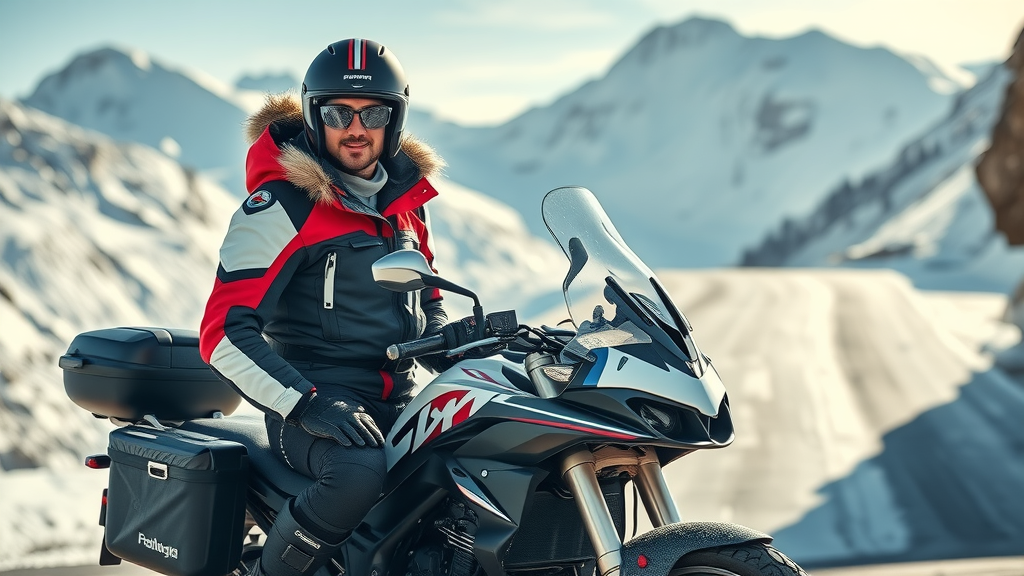
What Temperature Is Too Cold for a Motorcycle?
-
Understanding temperature and wind chill effects on motorcycle riding; safety considerations for cold weather riding.
There’s no absolute cut-off for all riders, but experts generally recommend avoiding riding below 32°F (0°C), especially for extended periods. Below this point, cold air and wind chill can create dangerous situations quickly: black ice on the road, frozen controls, and rapid heat loss that even the best cold weather motorcycle gear struggles to counteract. At 40 mph, an air temperature of 32°F can feel like 0°F due to wind chill! Always factor wind speed and your personal experience into ride planning, and err on the side of caution if you’re uncertain.
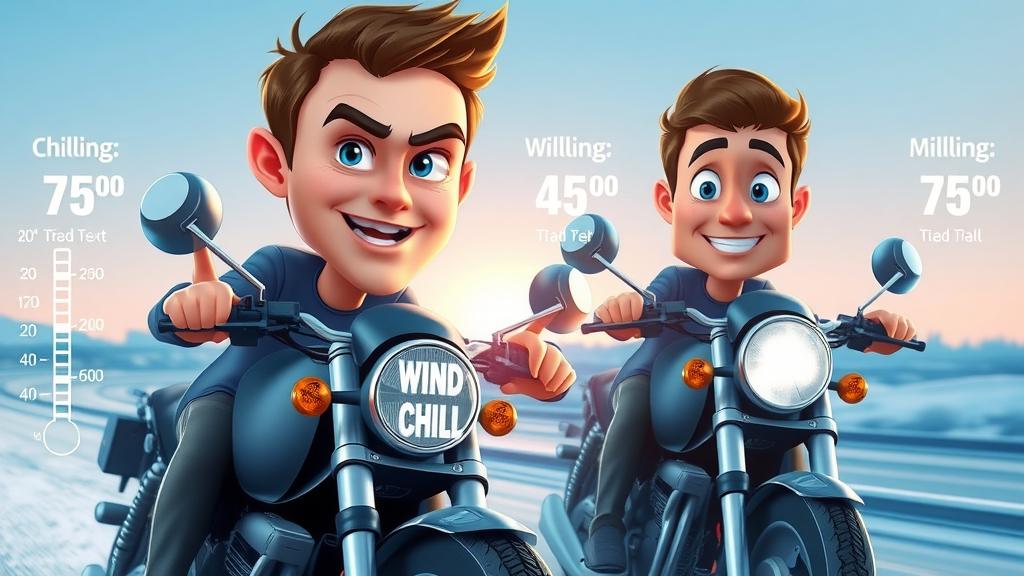
What is the Best Gear for Cold Weather?
-
Review of top-rated winter motorcycle gear, including jackets, gloves, heated gear, and boots for maximum protection.
The best winter motorcycle gear blends advanced materials, smart design, and trusted brand innovation. Leading products in 2024 include the Klim Badlands Pro jacket (for rugged, waterproof protection), Gerbing heated jacket liners and gloves, Sidi Adventure 2 Gore-Tex boots, and Icebreaker merino base layers. Prioritize waterproofing, fit, and flexible layering options to stay adaptable on both short and epic winter rides.
How Cold is 40 Degrees on a Motorcycle?
-
Explaining perceived temperature vs. actual temperature on a motorcycle and how the right riding gear makes a critical difference.
Forty degrees Fahrenheit ( 40°F ) might seem moderate, but at 50 mph with wind chill, it can feel much closer to freezing—or below it. Without proper weather motorcycle gear , body heat is sucked away, leading to numb fingers, stiff muscles, and increased risk of error. Properly layered clothing and heated equipment transform a potentially miserable, even dangerous, ride into a comfortable, focused journey, no matter what the speedometer says.
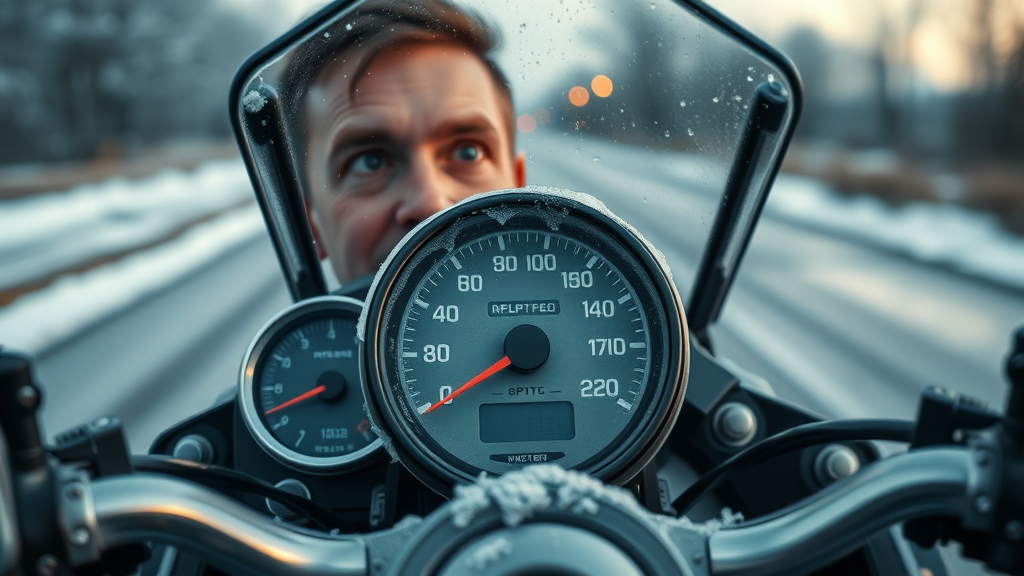
Frequently Asked Questions About a Guide to Cold Weather Motorcycle Gear
-
Can I use regular motorcycle gear in winter?
-
What is the best base layer for cold weather riding?
-
How do I prevent my visor from fogging up?
-
Is heated gear safe and reliable for long rides?
-
Does waterproof always mean windproof in motorcycle gear?
Can I use regular motorcycle gear in winter?
Regular motorcycle gear offers some protection, but it often lacks the insulation, windproofing, and moisture management needed for cold weather riding . Specialized winter gear is designed to perform in low temperatures and keep you warm and dry , making it far superior for winter conditions.
What is the best base layer for cold weather riding?
A merino wool base layer or high-quality synthetic option excels at wicking moisture, providing warmth, and reducing irritation under your gear. These materials perform well for extended rides and help regulate body heat .
How do I prevent my visor from fogging up?
Use an anti-fog insert (like a Pinlock system), keep helmet vents open for airflow, and consider a breath deflector or thin balaclava to minimize condensation from your breath on the face shield .
Is heated gear safe and reliable for long rides?
Yes—modern heated gear from reputable brands is built with safety features like automatic shutoffs and robust connectors. Always check wiring and connections before each ride, and avoid pinching cables under tight gear.
Does waterproof always mean windproof in motorcycle gear?
Most waterproof motorcycle gear is also windproof, using advanced membranes to block cold air and moisture. Always confirm product specs to ensure protection in both wet and windy environments.
Key Steps for Safe, Comfortable Winter Motorcycle Riding With Proper Gear
-
Quick summary of the most important winter riding safety tips and gear takeaways
Gear up with layered insulation, waterproof outerwear, and heated accessories. Check and maintain all equipment before each ride. Plan routes with safety in mind, adjust layers as needed, and never compromise on visibility or comfort. Review your winter gear before every trip—prepared riders enjoy more, safer miles all season long.
Demonstration of Layering Techniques for Cold Weather Motorcycle Gear
-
Ensure your next cold weather riding adventure is safer and more enjoyable—review your gear today and experience the comfort of expert-recommended winter motorcycle gear.
To enhance your understanding of cold weather motorcycle gear, consider exploring the following resources:
-
“Riding in Cold Weather: Gear Essentials for Winter Riders” ( mc-powersports.com )
This article provides a comprehensive overview of essential gear for winter riding, including thermal base layers, heated gear, and insulated gloves, helping you stay warm and safe during cold weather rides.
-
“Cold Weather Motorcycle Gear You Need” ( lawtigers.com )
This resource outlines crucial cold weather motorcycle gear, such as insulated jackets and pants, heated gear, and windproof gloves, ensuring you are well-equipped for winter riding conditions.
If you’re serious about riding safely and comfortably in cold weather, these resources will provide you with valuable insights and recommendations to enhance your winter riding experience.
 Add Row
Add Row  Add
Add 
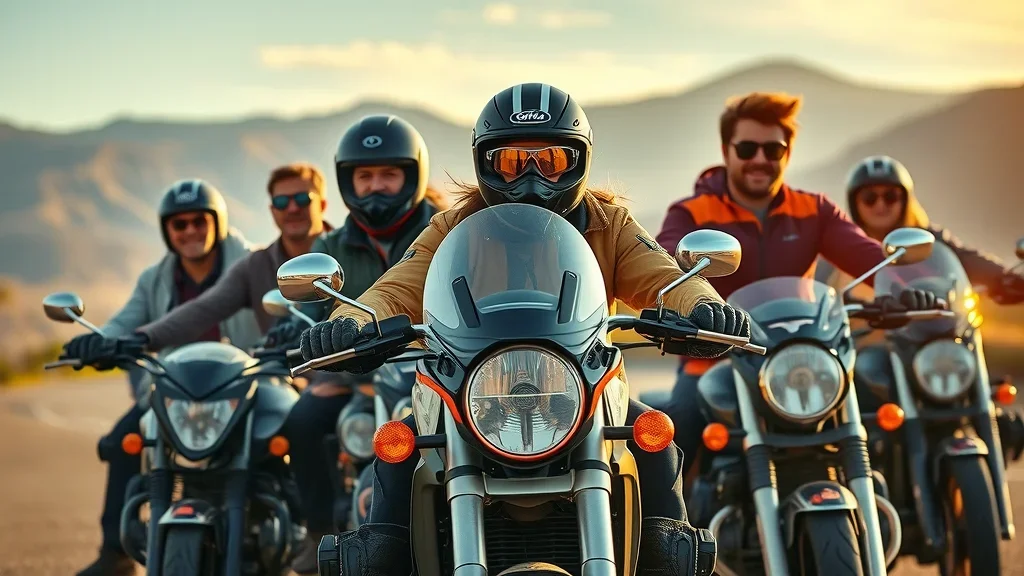
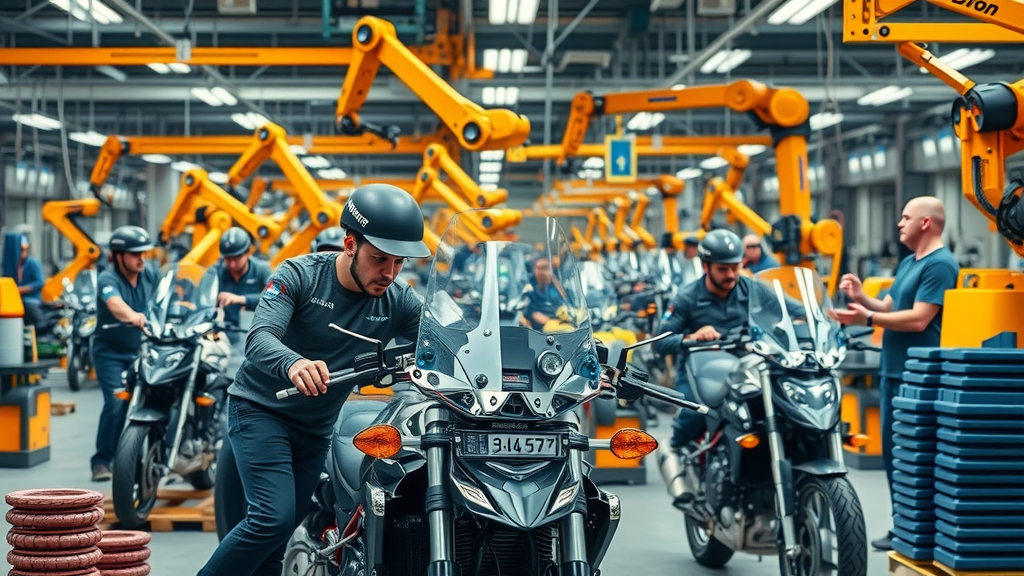
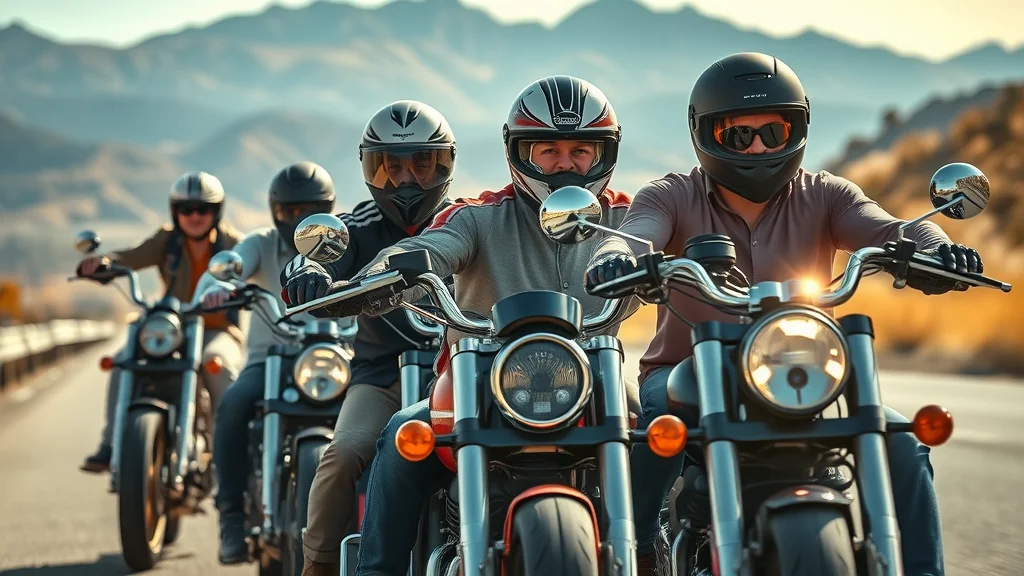
Write A Comment